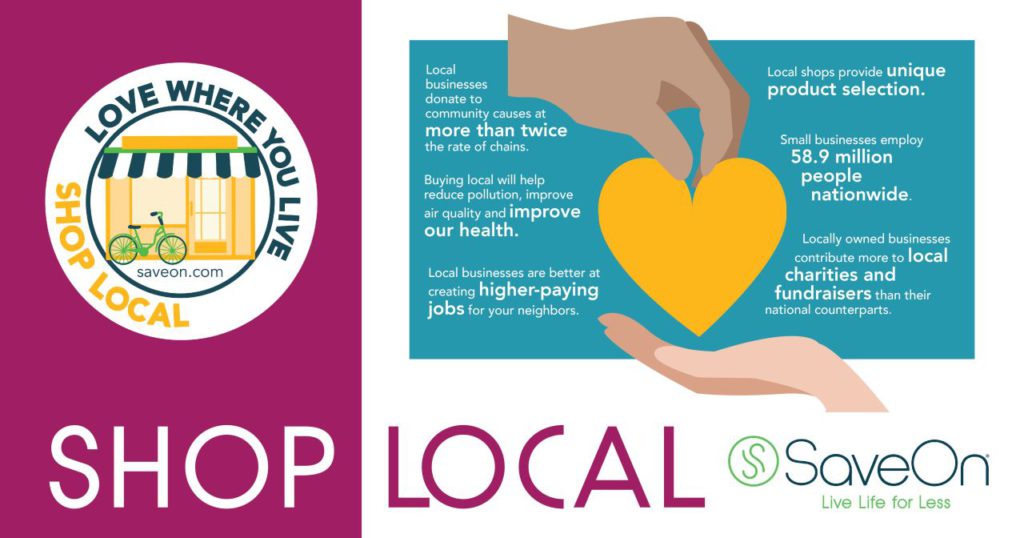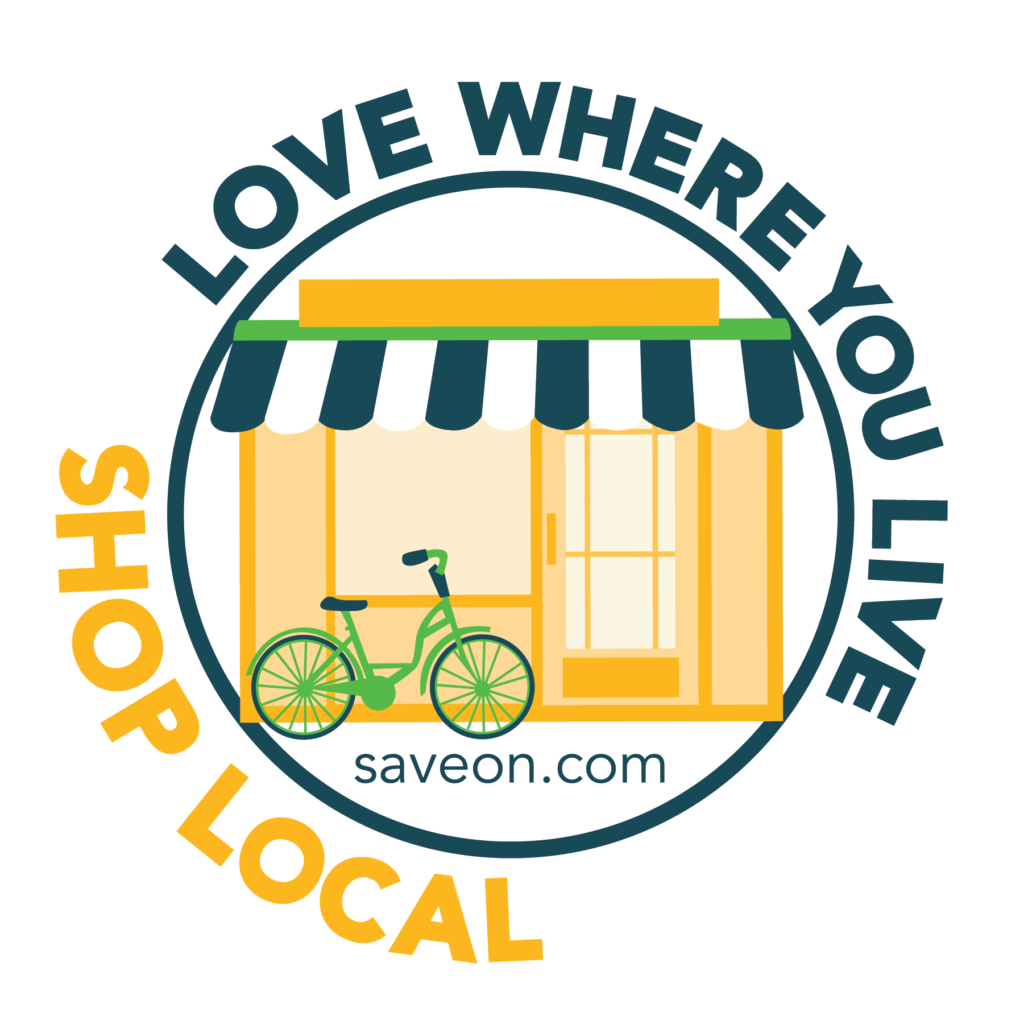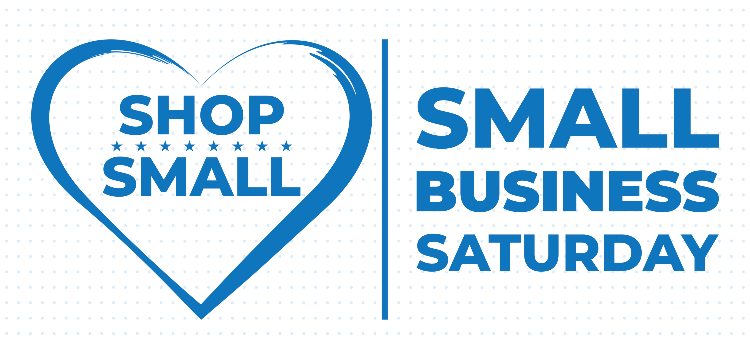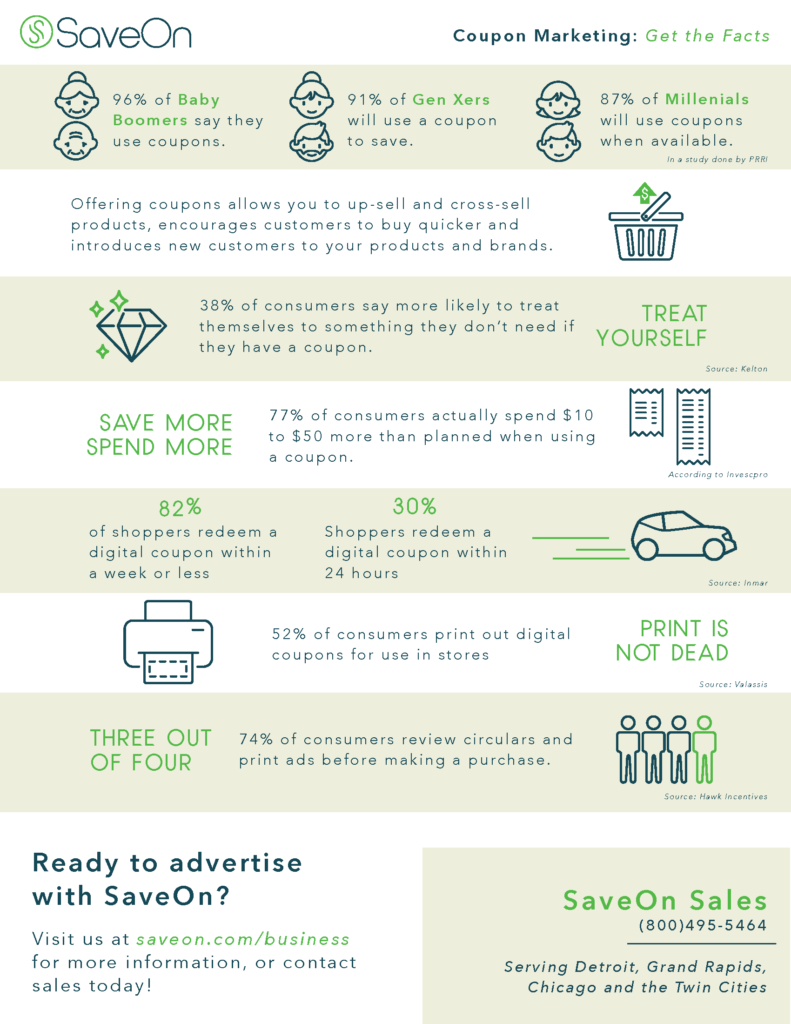
More than being the backbone to the U.S. economy, they are also your friends, neighbors and community members. And perhaps more than ever before, they need your help this year.
According to the U.S. Small Business Administration, small businesses make up more than 99% of all businesses in the nation and employ more than 47% of the private workforce. While large chain retailers and online marketplaces get their due in the post-Thanksgiving holiday shopping rush, Small Business Saturday draws attention to the importance of small businesses and highlights their vital impact on local communities.
Black Friday tends to get the loudest fanfare during the holiday shopping season, with legend holding that the additional influx of consumer purchases allow businesses to move out of the red and into the black in their ledgers. However, Small Business Saturday, which falls on Nov. 28 this year, has been growing in reputation and recognition for the past decade for its dedication and devotion to the entrepreneurs who pump the lifeblood into our local communities.

Small Business Saturday was first observed on Nov. 27, 2010. According to Wikipedia, the event was created by American Express in partnership with Boston Mayor Thomas M. Menino, the Washington, D.C.-based nonprofit National Trust for Historic Preservation and the Boston-based nonprofit Roslindale Village Main Street. Held on the Saturday after Thanksgiving, Small Busines Saturday was meant to serve as a counterpart to Black Friday and Cyber Monday.
The inaugural event was held while the nation was battling back from a recession. On the American Express website, the company said that the mission of Small Business Saturday was to aid small businesses that served as the core of local neighborhoods. The following year, the shop small movement had gained momentum and the U.S. Senate passed a resolution in 2011 in support of Small Business Saturday.
According to the Farm Bureau Financial Services website, in 2012 American Express encouraged small-business owners to promote their businesses, and the credit card company offered small-business owners free, personalized ads to spread over the internet. That year, an estimated $5.5 billion was spent across the nation at independent businesses. By 2013, neighborhoods began celebrating the day and pledging support to local businesses and organizations.
Participation in Small Business Saturday continues to grow year over year. Figures compiled by Farm Bureau Financial Services indicate that more than 95 million people shopped at small businesses on Small Business Saturday in 2015 and spending reached $16.2 billion. In 2016, Small Business Saturday reached record highs, with 72% of U.S. consumers aware of the day and an estimated 112 million shoppers.
It’s something to take into serious consideration because shopping with local, independent storeowners can pay extensive dividends for you as a conscientious community member. Making the decision to shop locally is reaffirming your dedication to, and investment in, your fellow residents and their commitment to enhancing quality of life in your own backyard. The results don’t simply serve as a benefit to an individual business owner. Rather, it creates a cyclical stream of reward throughout an entire community.

- By frequenting independent entrepreneurs, you’re investing in yourself by keeping the community in which you live economically viable. Varying studies have shown that anywhere from 48% to 73% of each dollar spent locally remains in the local economy.
- You can expect better service, more attention to detail and a more knowledgeable staff from a local business. This is their livelihood, and they are going to develop personal relationships with their valued clientele. You are going to matter.
- Local stores give a community an individuality that can’t be found or replicated anywhere else. Shopping at local businesses not only supports that concept, but it also helps encourage it to bloom.
- A small retail establishment is likely going to have fewer than 20 employees; however, that small package packs a powerful punch. The Small Business and Entrepreneurship Council said business with less than 20 workers made up 89 of the businesses in the nation. That’s a lot of jobs and opportunities being created by your support.
A diverse public marketplace spurs competition and increases consumer choices. Plus, sometimes the most well-received gifts are the unique, one-of-a-kind items that you’re far likelier to find at a small business.

Our extended SaveOn family helps support hundreds of small businesses that benefit your family and your community. With the struggles and sacrifices these storeowners have made this year in the face of a national health pandemic, your support for these local dreamers and doers is appreciated more than ever before. This year, the reach of your holiday purchases can extend far beyond the gift recipient.
Happy holidays and happy shopping from SaveOn.







